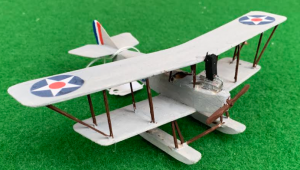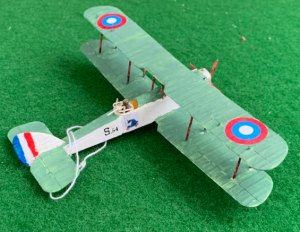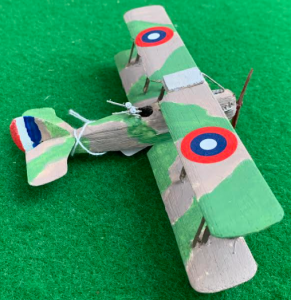ROYAL AIRCRAFT FACTORY SE 5A
The Royal Aircraft Factory S.E.5 was a British biplane fighter aircraft of the First World War. It was one of the fastest aircraft of the war, while being both stable and relatively manoeuvrable. According to aviation author Robert Jackson, the S.E.5 was: “the nimble fighter that has since been described as the ‘Spitfire of World War One’“
In most respects the S.E.5 had superior performance to the rival Sopwith Camel, although it was less immediately responsive to the controls. Problems with its Hispano-Suiza engine, particularly the geared-output H-S 8B-powered early versions, meant that there was a chronic shortage of the type until well into 1918. Thus, while the first examples had reached the Western Front before the Camel, there were fewer squadrons equipped with the S.E.5 than with the Sopwith fighter.
Together with the Camel, the S.E.5 was instrumental in regaining allied air superiority in mid-1917 and maintaining it for the rest of the war.. The S.E.5s remained in RAF service for some time following the Armistice that ended the conflict; some were transferred to various overseas military operators, while a number were also adopted by civilian operators.
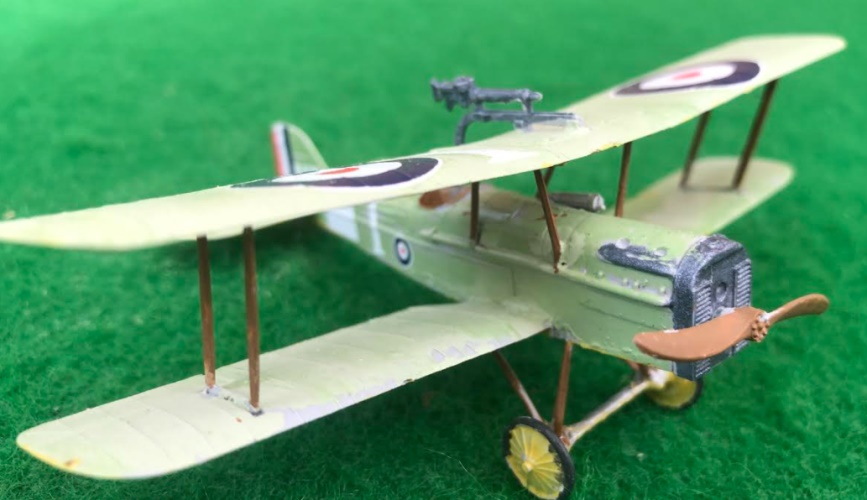
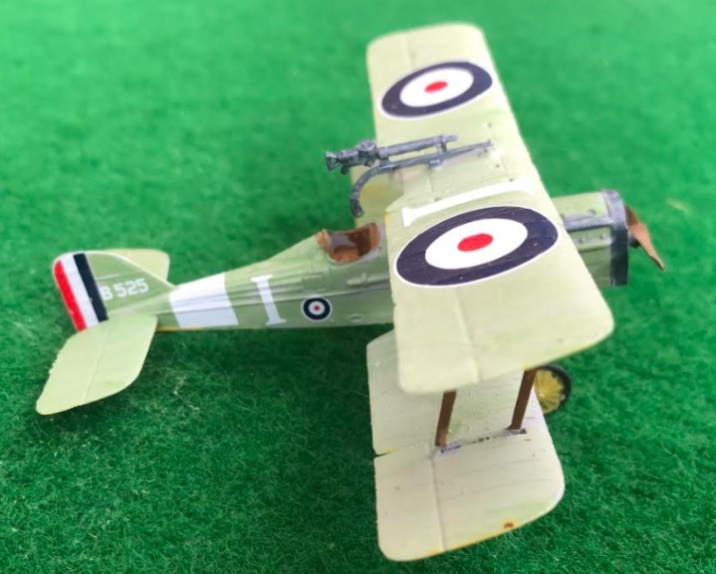
ROYAL AIRCRAFT FACTORY SE 5A
Introduced: 1917
Number Built: 5205
Length: 6.38m
Wingspan: 8.11m
Engine: Hispano-Suiza engine 8B. 200 hp
Top Speed: 222 Km/hr

